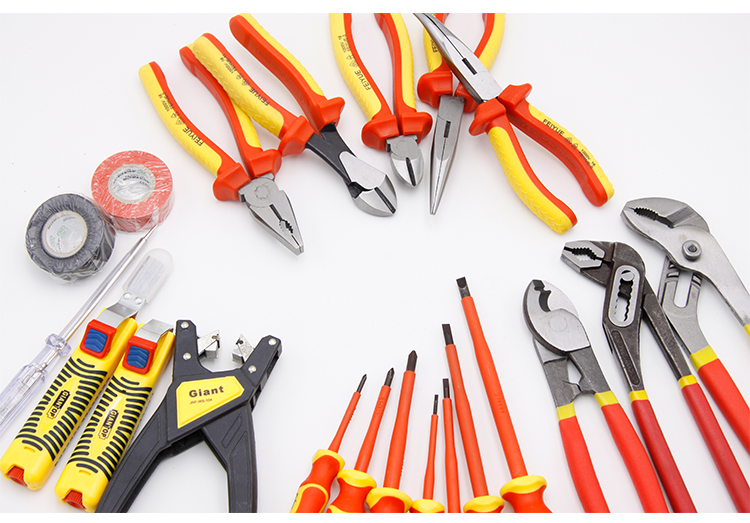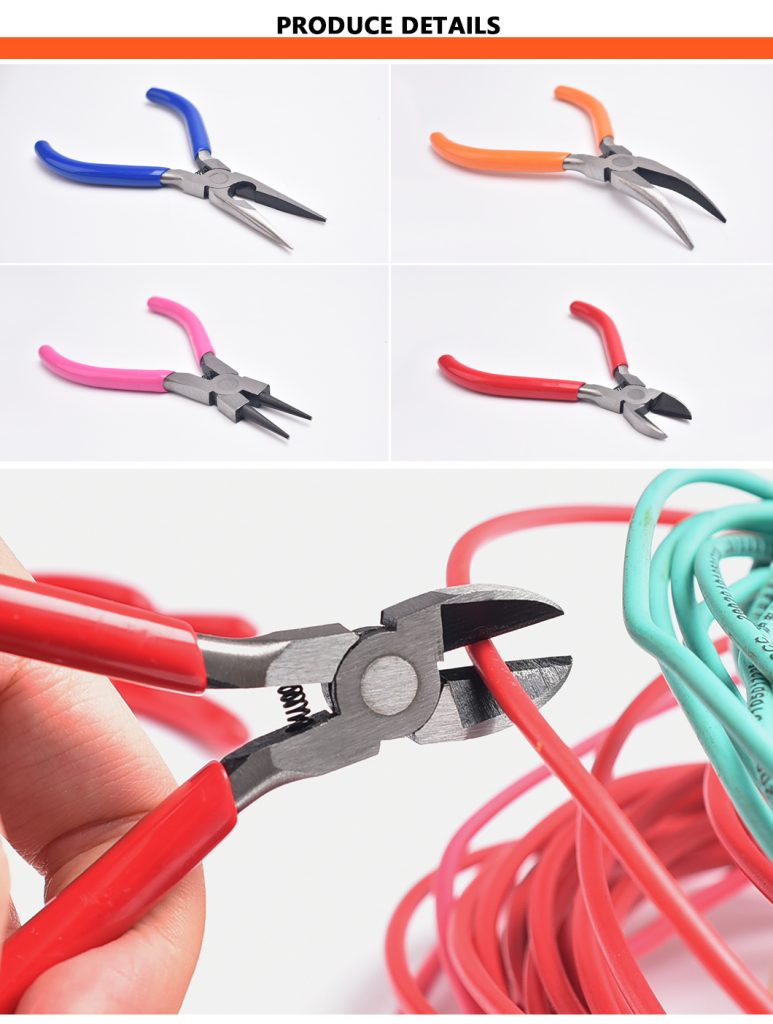The pliers are generally made of carbon structural steel. They are first forged and rolled into the shape of the pliers embryo, then subjected to metal cutting such as milling, polishing, and finally heat treatment.
Custom pliers type
According to performance, pliers can be divided into:
Twisting type; shearing type, twisting shearing type.
According to the type of classification, it can be divided into:
Hydraulic pliers; crimping pliers; hydraulic wire pliers; wire strippers; rechargeable hydraulic cable pliers.
According to the shape, it can be divided into:
Pointed mouth, flat mouth, round mouth, curved mouth, oblique mouth, needle mouth, end cutting, wire cutters, flower gill pliers, etc.
According to the purpose, it can be divided into:
DIY, industrial-grade pliers, special pliers, etc.
According to the structure:
There are two kinds of gills and gills. The usual specifications are: 4.5” (mini pliers), 5”, 6”, 7”, 8”, 9.5” and so on.
The main categories are as follows:
1, wire cutters
The wire cutter is composed of a pliers head and a pliers handle. The pliers head includes a jaw, a tooth, a knife, and a guillotine.
The role of each part of the pliers is:
① The tooth opening can be used to tighten or loosen the nut.
②The knife edge can be used to cut the rubber or plastic insulation layer of flexible wires, and can also be used to cut wires and iron wires.
③The guillotine can be used to cut hard metal wires such as wires and steel wires.
④The insulated plastic tube of the pliers can withstand voltage above 500V. With it, you can cut wires with electricity. During use, avoid littering. So as not to damage the insulating plastic pipe. The wire cutters commonly used by electricians have a variety of specifications such as 150mm, 175mm, 200mm and 250mm.
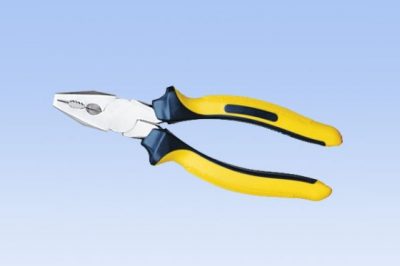
2, needle nose pliers
Needle-nose pliers are also called trimming pliers. They are mainly used to cut single-strand and multi-strand wires with smaller diameters, as well as to bend single-strand conductors and strip plastic insulation. They are also electricians (especially internal electricians) One of the commonly used tools.
It is composed of a pointed tip, a knife edge and a pliers handle. Electrician’s needle-nose pliers are covered with insulating sleeves with a rated voltage of 500V. Needle-nose pliers have sharp heads and are used in tight spaces. The operation method of using needle-nose pliers to bend the wire connector is: first fold the thread to the left, and then bend the screw to the right in a clockwise direction.
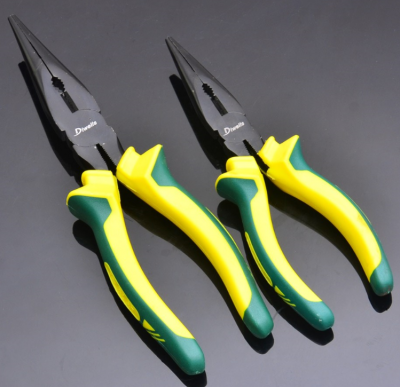
3. Wire stripper
The wire stripper is one of the tools commonly used by inside electricians, motor repairs, and instrument electricians. Its appearance is shown in Figure 2. It is composed of a knife edge, a crimping mouth and a clamp handle. The clamp handle of the wire stripper is covered with an insulating sleeve with a rated working voltage of 500V.
Wire strippers are suitable for stripping plastic and rubber insulated wires and cable core wires.
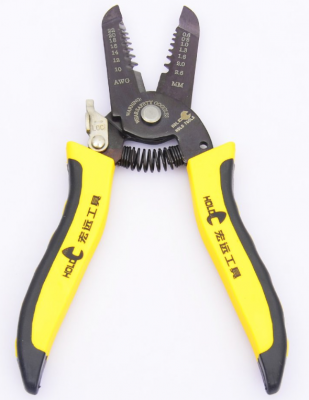
4. Pipe wrench
Used to fasten or disassemble various pipes, pipeline accessories or round parts. Common tools for pipeline installation and repair. The inlay can be made by forging and casting. It is also made of aluminum alloy, which is characterized by light weight, light use, and not easy to rust.
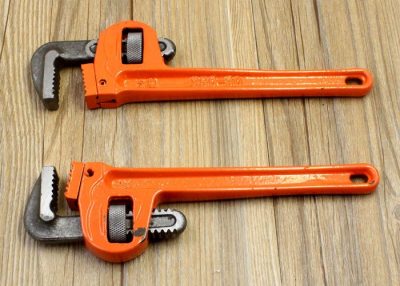
5. Partial-nose pliers
Partial-nose pliers are sometimes called diagonal pliers. When cutting wires, especially when cutting off the excess wire ends after the wire is wound on the welding point and the long leads after the printed circuit board is installed with the plug-in, the best effect is to use the tool of offset pliers. Partial-nose pliers are also commonly used to replace ordinary scissors to cut insulating sleeves and nylon cable ties. Partial-nose pliers with a length of 160mm and a plastic insulated handle are most commonly used.
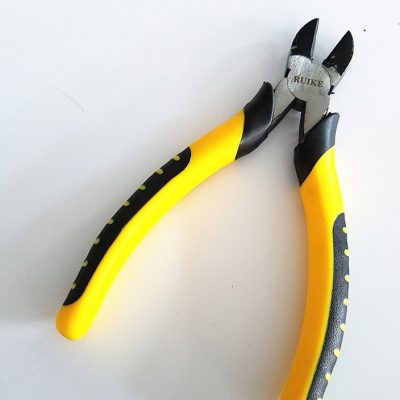
Custom pliers size
We can customize different sizes of pliers as clients’ requirement.
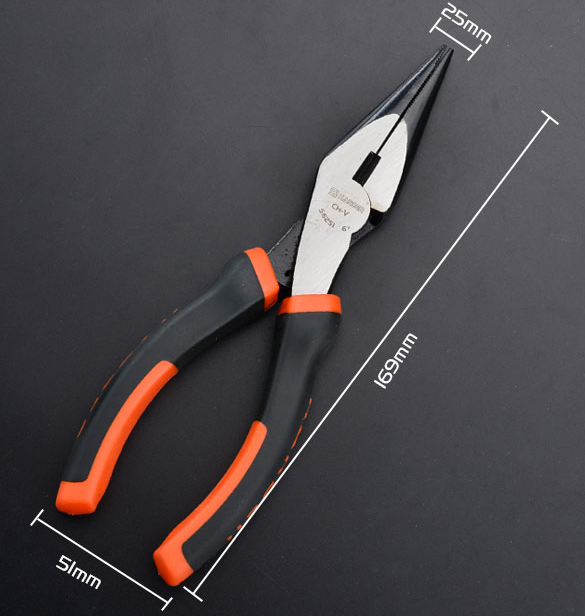
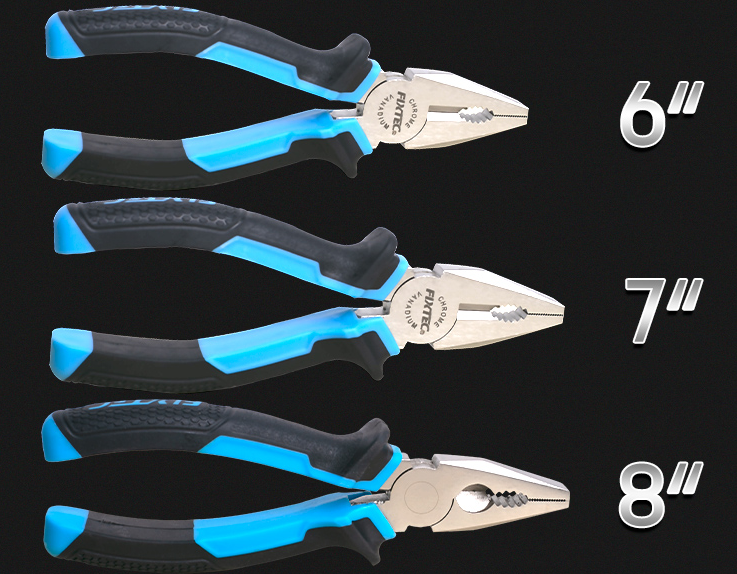
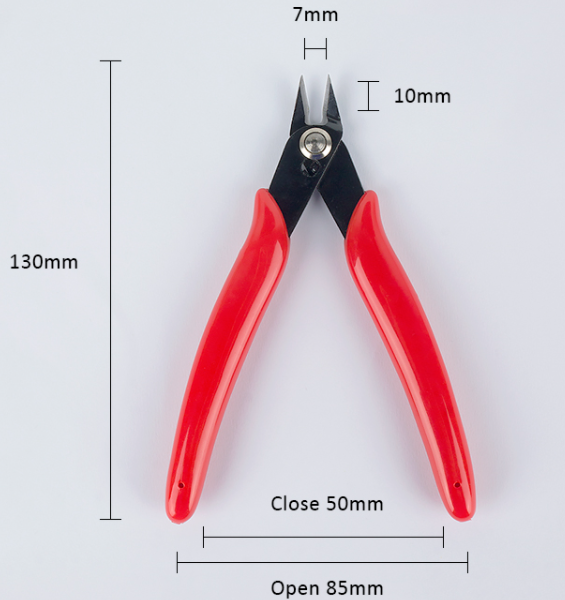
Custom pliers logo
We can custom print your logo on the pliers.
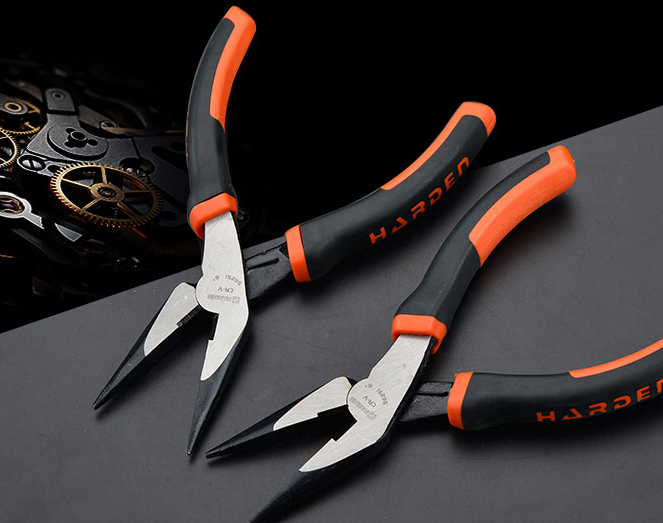
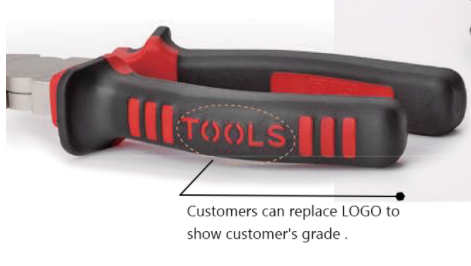
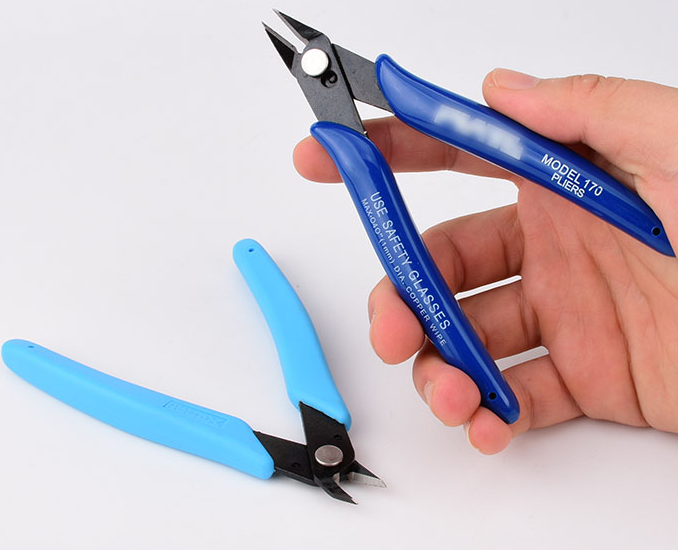
Custom various pliers as clients’ requirement
